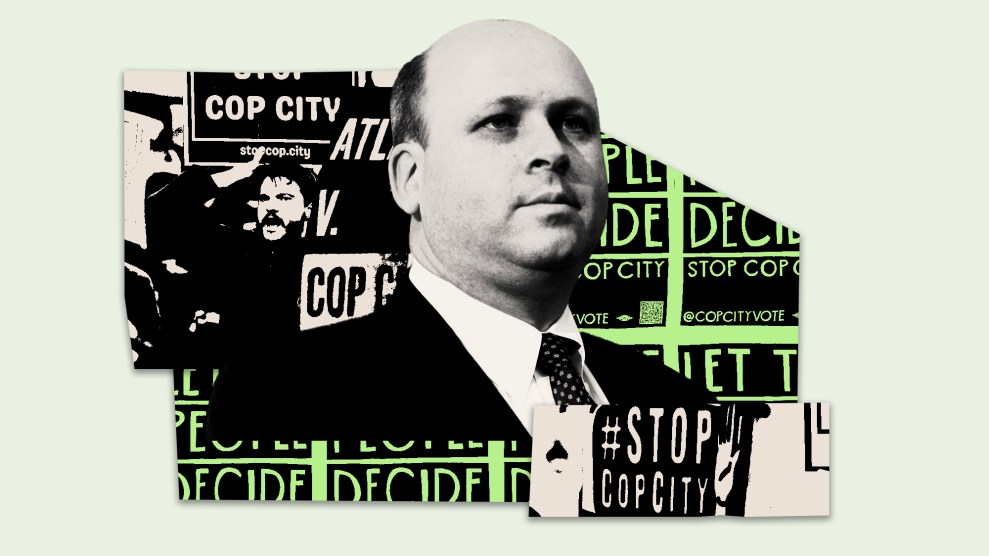I’m reluctant to ask a question that may strike some people as too cavalier for a subject that deserves only serious treatment. But after yesterday’s botched execution in Arizona—the latest of several—I continue to wonder: why is it so damn hard to execute people?
For starters, there are plenty of time-tested approaches: guillotines, firing squads, hanging, electrocution, gas chambers, etc. Did those really fall out of favor because people found them too grisly? Personally, I find the sterile, Mengele-like method of lethal injection considerably more disturbing than any of the others. And anyway, if you’re bound and determined to kill people, maybe you ought to face up to a little bit of grisly.
Beyond that, is it really so hard to find a lethal injection that works? Obviously I’m not a doctor, but I do know that there are plenty of meds that will very reliably knock you unconscious. And once you’ve done that, surely there are plenty of poisons to choose from? Or even asphyxiation: place a helium mask over the unconscious prisoner and he’ll be painlessly dead in about ten minutes or less.
Can anyone point me to a readable but fairly comprehensive history of executions over the past few decades? When and why did lethal injection become the method of choice? Why does there seem to be only one particular cocktail that works effectively? Lots of people have asked the same questions I’m asking, but nothing I’ve ever read really seems to explain it adequately.















